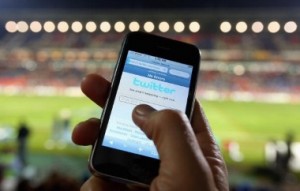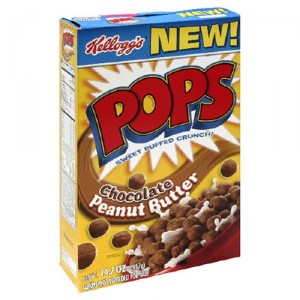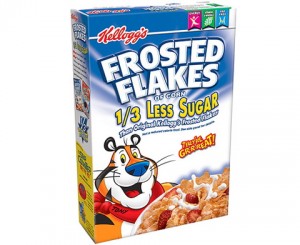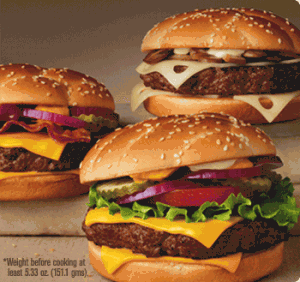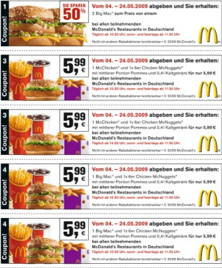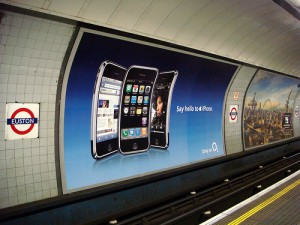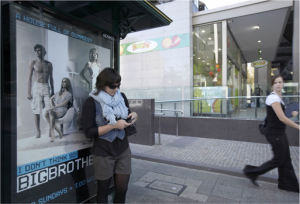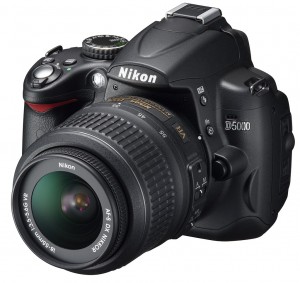Imagine if the eyedropper tool became reality. Oh wait, it has!
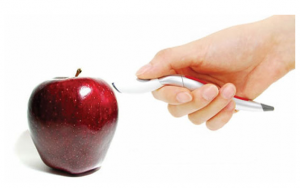
After reading Kathy Yu’s blogpost, “Photoshop in Reality: Colour Clicker Pen,” I have become thoroughly amazed at the extent of modern technology. Here is a pen that can scan the colour of an object and transform the colour into ink immediately.
 Although the blog doesn’t specify whether this is an Adobe product, the company could surely use the concept as part of a new market development strategy.
Although the blog doesn’t specify whether this is an Adobe product, the company could surely use the concept as part of a new market development strategy.
As a company, Adobe already leads the creative arts industry in terms of graphic design, but with this new piece of technology, it might just transform the future of visual and graphical arts. This, in a sense, could be an incredible case of diversification. Adobe, which is a company primarily known for its graphic design programs, attracts a specifically tech-savvy audience, dividing the market for arts and design into two major segments: visual arts and graphic arts. Essentially, with the Colour Clicker Pen, Adobe can present a new product that will no doubt attract a multitude of new and different markets. Personally, as an individual interested in graphic and visual arts, I definitely can’t wait until this product gets into my hands. Hopefully, it doesn’t run out of ink too quickly though.

